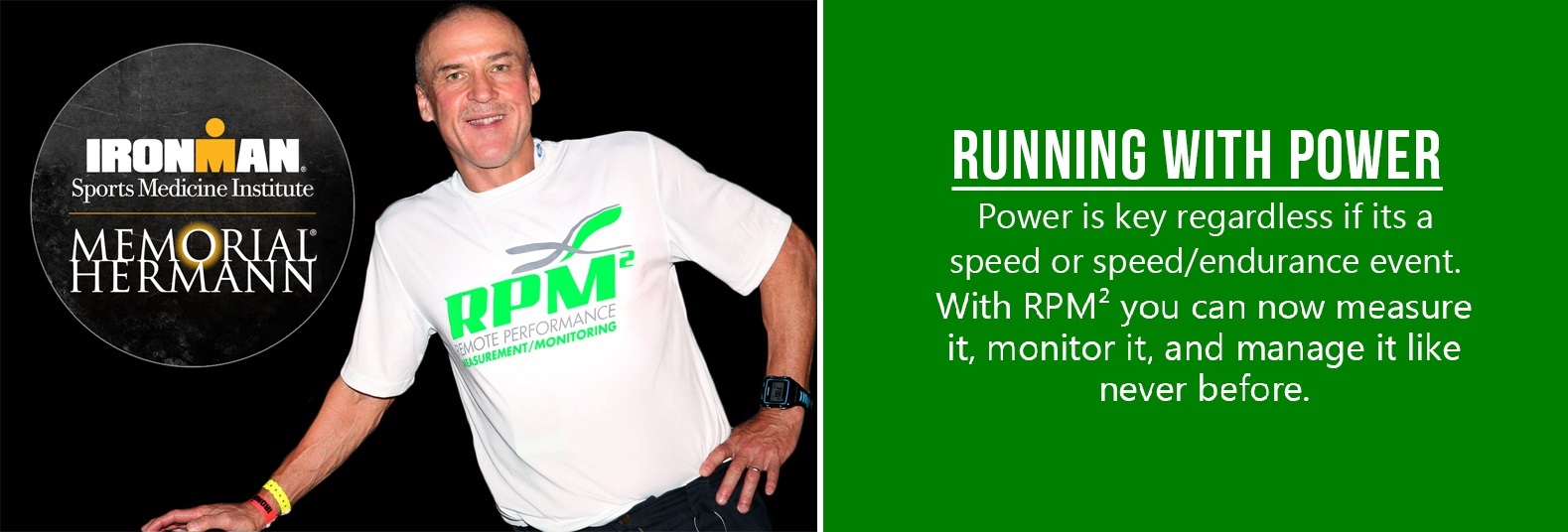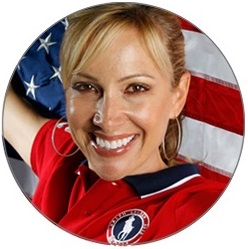Run With Power

TOM RODGERS ON WHY EVERY RUNNER SHOULD BE USING RPM²

When I started coaching runners and triathletes 18 years ago, we would stare at the sky and wonder if the day would ever come when we would have a running power meter, something small enough to fit into a shoe and measure power (watts), like we did for a bicycle or a car engine. It seemed like a search for the Holy Grail.
When I was in Kona, Hawaii, at the Ironman World Championship in 2015, I finally found this ‘lost unicorn’ of running performance; a device which could measure running force and watts (and a lot of other useful things) in a simple, lightweight insole called RPM2. When I learned RPM² was being developed near my home in Texas, I had to get onboard.
RPM2 is the biggest thing to come along since the bike power meter, and it will have the same kind of revolutionary effect on training and race performance for sprinters, distance runners and triathletes. It is the ONLY running device that senses foot-force directly when striking the ground; other pod devices are just guessing at the actual force. These four force sensors built into the RPM2 insole enable accurate and consistent measurement of running power and technique in all conditions, from a 50-meter sprint on a track to a 10-kilometer road race to an off-road marathon.
After years of extensive research and testing, we’ve decided to focus our current efforts exclusively on the running power meter. Despite significant demand and research on a bike power meter in the same insole, we have determined our current product is ideally suited to replace pre-existing running shoe insoles, rather than those found in cycling cleats.
We recommend RPM2 primarily for running, where university treadmill-force tests and over 6,000 real-world running episodes have proven its accuracy and comfort. Casual exercisers who wish to use RPM2 while wearing running shoes on a gym bike trainer, elliptical trainer, or touring bike can still monitor relative results, however those riding with cycling cleats in road races and triathlons will want to stick with their bike power meters for now.
About Tom Rodgers
Before becoming a full-time coach, Tom Rodgers was Lead Biomedical Engineer for the NASA Human Research Facility on the International Space Station,
testing astronaut physiology on the ground and in zero gravity for endurance, cardiorespiratory fitmess, ultrasound, and VO2-max measurements using
advanced electronic mobile monitoring. After leaving NASA and selling off part of his successful engineering corporation, he became an endurance coach,
writer for major triatholon publications, and consulting engineer for sports technology.
He continue to race at an Ironman All-World Gold Level (top 1% of age-group), frequently at or near the top of the world rankings, and has raced ten
Ironman World Championships in Hawaii plus three Ultraman World Championships also in Kona. He wrote the best-selling book on Ironman 70.3 racing,
THE PERFECT DISTANCE, and has coached an Ironman World Champion at the full and 70.3 distance. He's won numerous ultracycling and road cycling races,
and in 2011 won a National Time-Trial championship.
With his advanced engineering knowledge, Tom Rodgers has been testing HRMs, power meters, accelerometers and GPS since their inception. He has logged over
10,000 hours with a power meter.


Dotsie Bausch
"RPM² is revolutionizing the way we measure power in cycling. The footbed inserts are light weight, easy to use, precise and even provide left/right balance information, which no other power meter does on the market today. RPM² is ahead of the game in their vision for the future of where power meters are headed and the incredible low price sets RPM² even further ahead of their

Michael Johnson
Michael broke world records in the 200 meter 400 meter and the 4 X 400-meter relay, and completed the historic 200/400-meter Olympic double in 1996, giving him the title of the "Fastest Man in the World."
"I believe in RPM² because it gives my coaches the objective data they need to improve performance."

Lesley Paterson
"With pioneering footbed system and simple to use mobile app, it's now possible to collect and analyze data in real-time on bilateral power, force and pressure during running and cycling at your fingertips. For the first time, I'm able to quantify precisely how coached changes in an athlete's form and technique are impacting critical elements of their efficiency and economy."
Data Includes:
- Running Gait Analysis
- Real Time Range Of Motion Assessment/li>
- Real Time Force Distribution Assessments
- Total Symmetry Evaluation & Score
- Running Power Meter
- Cycling Poer Meter(resommended for casual use)
- ANT+(via smart device broadcasting)&.FIT Compatible
